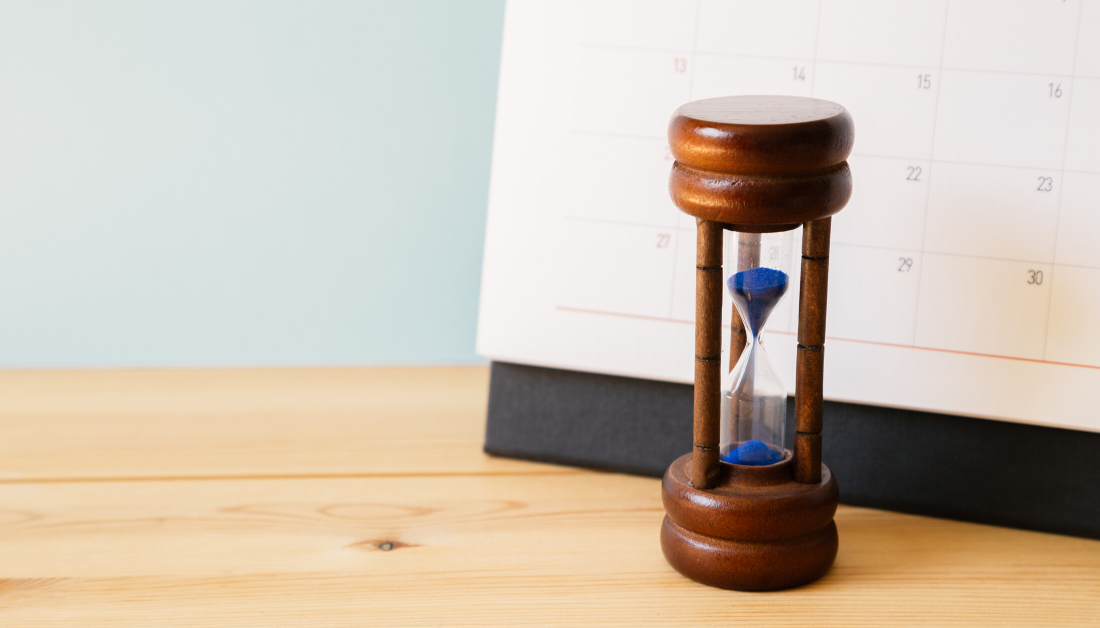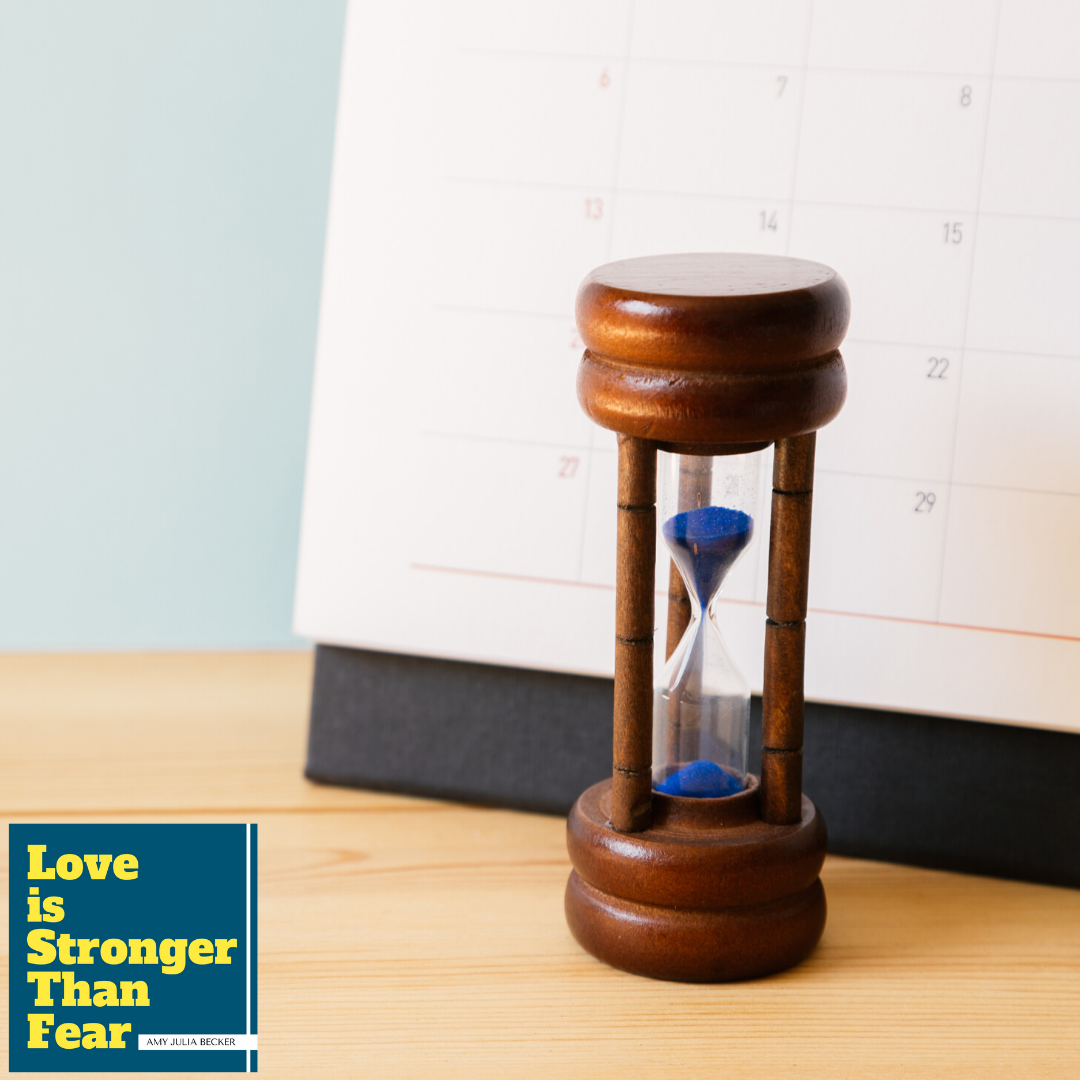
I’ve heard our moment compared to Groundhog Day again and again and again. If you missed it, Groundhog Day is a great movie from the 1990s in which Phil Connors (played by Bill Murray) is a newscaster who gets stuck in a loop reporting about Groundhog Day day after day after day. Every day repeats. It’s February 2nd. Again and again and again.
Lots of people—myself included—have felt like Phil Connors in this movie. There’s the existential angst: What’s the point of living if I can’t get out of this unpleasant situation? There’s the monotony and boredom. There’s the lethargy that borders on despondency.
When I realize that lifting the “stay-at-home” orders won’t make much of a functional difference in the life of our family, when I hear that the earliest we can hope for a vaccine is 18 months from now, when I read predictions of multiple waves of outbreak and disease—it is easy to slide into hopelessness.
The Stages of Groundhog Day
The thing about the movie Groundhog Day, however, is that although the day is the same, over and over and over, Phil changes. First, he changes for the worse. He realizes there are no consequences for his actions, so he behaves like an even worse version of himself. Second, he despairs and tries to take his own life. Finally, he decides to live with purpose and care for other people. It’s this last set of behaviors—the purposeful life—that eventually breaks him out of the endless cycle.
Groundhog Day suggests that even in our current situation, we can cultivate hope, experience love and joy, and live with purpose.
Reality and Hope
Now, I for one have not been living in this reality. I realized last week that I have placed a lot of hope in things that cannot satisfy or fulfill me: in the school calendar, for instance, and in our summer vacation plans. In a secure bank account. In predictability. Right now, I’ve been hanging my hope on the glass of wine I look forward to at the end of the day. I’m grateful for the glass of wine, but I’m also achingly aware of how insufficient it is as a source or provider of hope.
So I’ve turned again to the Bible, and to the words of Paul in his letter to the Philippians, to consider how we can live with hope in the midst of this ongoing reality. That’s what I’m talking about on today’s episode of the Love is Stronger Than Fear podcast—What to Do if You’re Feeling Hopeless.
I do not want to live the same grumpy, achy, lethargic day over and over again. So I am asking the Spirit to enliven my spiritual imagination and give me hope.
Listen to episode 110, What to Do if You’re Feeling Hopeless, via the player above or wherever you get your podcasts.
Love is Stronger Than Fear Episode 110 Show Notes:
- Philippians 3:12-4:1
- Yale Insights, The Language We Speak Predicts Saving and Health Behavior
- N.T. Wright’s Paul for Everyone
….
Want to read more? Here are some suggestions:
- Reading Hope in Trying Times
- How Love Brings Power in the Midst of Powerlessness {Ep 109}
- Raise Your Hand if Your Back Hurts
If you haven’t already, please subscribe to receive regular updates and news. You can also follow me on Facebook, Instagram, and Twitter, and you can subscribe to my Love is Stronger Than Fear podcast and my Reading Small Talk podcast on your favorite podcast platforms.




This Post Has 2 Comments
The last podcast on Hope was so comforting. Thank you!
It makes my day to hear that–thank you! I am always trying to find the balance between holding on to hope and not being relentlessly optimistic or unrealistically positive. I so appreciate your words.